2024 Summer Reading Guide

Dream Car
Malcolm Bricklin’s Fantastic SV1 and the End of Industrial Modernity
by Dimitry Anastakis
Dream Car tells the story of entrepreneur Malcolm Bricklin’s fantastical 1970s-era Safety Vehicle-1 (SV1), audaciously launched during a tumultuous breakpoint in postwar history. The tale of the sexy-yet-safe SV1 reveals the influence of automobiles on ideas about the future, technology, entrepreneurship, risk, safety, showmanship, politics, sex, gender, business, and the state, as well as the history of the auto industry’s birth, decline, and rebirth.

The Honourable John Norquay
Indigenous Premier, Canadian Statesman
by Gerald Friesen
John Norquay, orphan and prodigy, was a leader among the Scots Cree peoples of Western Canada. Born in the Red River Settlement, he farmed, hunted, traded, and taught school before becoming a legislator, cabinet minister, and, from 1878 to 1887, premier of Manitoba. Recounted here by Canadian historian Gerald Friesen, Norquay’s life story ignites contemporary conversations around the nature of empire and Canada’s own imperial past.

An Accidental History of Canada
edited by Megan J. Davies and Geoffrey L. Hudson
Although Canadian history has no shortage of stories about disasters and accidents, the phenomena of risk, upset, and misfortune have been largely overlooked by historians. An Accidental History of Canada makes plain that whether they are interpreted as an intervention by providence, a miscalculation, an inevitability, or the result of observable risk, accidents — and our responses to them — reveal shared values.

The War We Won Apart
The Untold Story of Two Elite Agents Who Became One of the Most Decorated Couples of WWII
by Nahlah Ayed
On opposite sides of the pond, Sonia Butt, an adventurous young British woman, and Guy d’Artois, a French-Canadian soldier and thunderstorm of a man, are preparing for war. From different worlds, their lives first intersect during clandestine training to become agents with Winston Churchill’s secret army, the Special Operations Executive.

The HBC Brigades
Culture, conflict and perilous journeys of the fur trade
by Nancy Marguerite Anderson
Facing a gruelling thousand-mile trail, the brigades of the Hudson Bay Company pushed onward over mountains and through ferocious river crossings to reach isolated fur-trading posts. But it wasn’t just the landscape the brigades faced, as First Nations people struggled with their desire to resist, or assist, the fur company’s attempts to build brigade trails over Aboriginal trails.
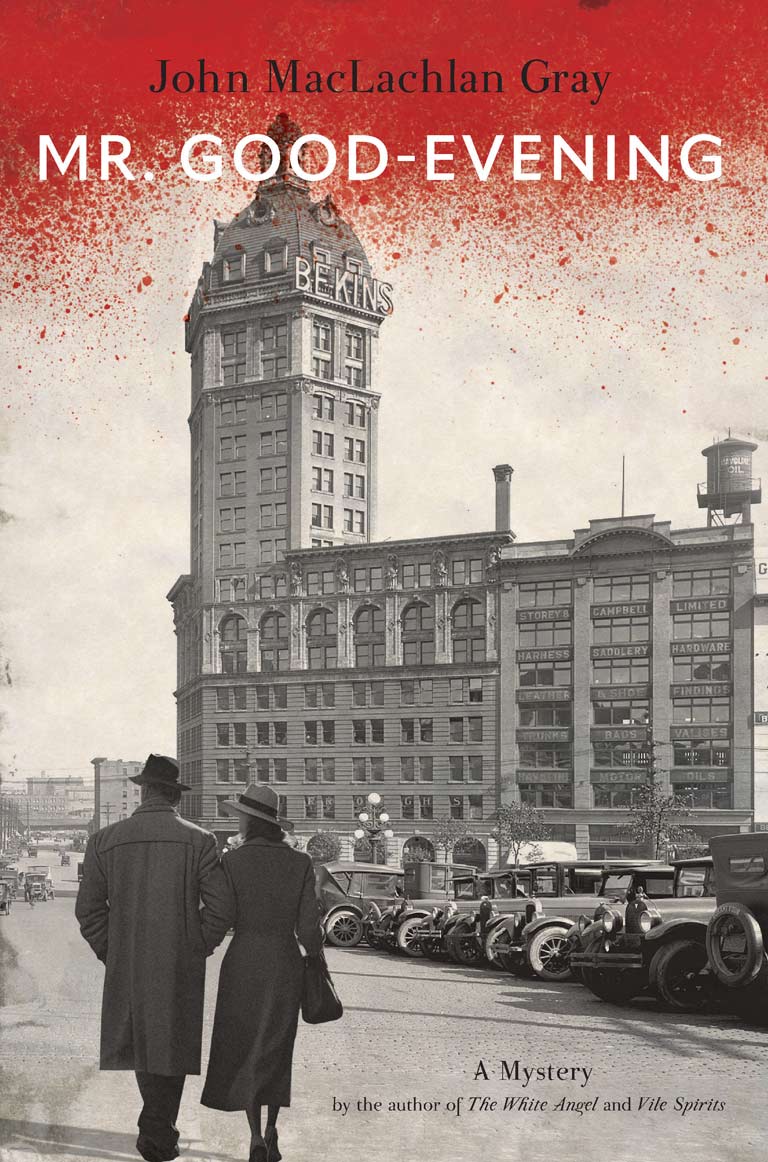
Mr. Good-Evening
A Mystery
by John MacLachlan Gray
John MacLachlan Gray takes readers to the wet, boozy streets of gritty 1920s Vancouver, six months before the stock crash, in this well-researched historical novel, part of the Raincoast Noir series. This time, the open-and-shut case of the Fatal Flapper just won’t stay closed while Inspector Calvin Hook pieces together a mystery that somehow connects Al Capone, Winston Churchill and Brother Osiris, the leader of a mystical cult on De Courcy Island.

Tours Inside the Snow Globe
Ottawa Monuments and National Belonging
by Tonya K. Davidson
Through a series of tours of the monuments of Ottawa, this book argues that rather than instructing people on what to know about history, monuments generate feelings about the past in the present. As ambivalent sites, monuments allow for the generation of competing feelings: nostalgia, dissent, indifference.

The Good Walk
Creating News Paths on Traditional Prairie Trails
by Matthew R. Anderson
Equal parts memoir, travelogue, and manifesto, The Good Walk recounts the adventures of settler and Indigenous ramblers who together retrace the earliest historical trails and pathways of the prairies. Travel through storms, small-town welcomes, and humorous chance encounters, all while bearing witness to the evolving politics of land ownership and the racialization of access.

Friends and Enemies
Essays in Canada’s Foreign Relations
by J.L. Granatstein
Friends and Enemies presents a collection of essays on Canadian foreign policy written by J.L. Granatstein, one of the leading political and military historians in the country. Based on interviews and extensive archival research, the essays reveal how Granatstein’s views shifted as he reacted to altered conditions in Canada, Canadian alliances, and the world situation.

Becoming Green Gables
The Diary of Myrtle Webb and Her famous Farmhouse
by Alan MacEachern
In 1909 Myrtle and Ernest Webb took possession of an ordinary farm in Cavendish, Prince Edward Island. Ordinary but for one thing: it was already becoming known as inspiration for Anne of Green Gables, the novel written by Myrtle’s cousin Lucy Maud Montgomery and published to international acclaim a year earlier. Becoming Green Gables is the Webbs’ own story, but it is also a history of their famous home, their community, the nation, and the world in which they lived.

Crosses in the Sky
Jean de Brébeuf and the Destruction of Huronia
by Mark Bourrie
From the bestselling author of Bush Runner: The Adventures of Pierre-Esprit Radisson comes the first secular biography of Jean de Brébeuf. This deeply researched narrative considers not only the missionary’s fate, but the ongoing tragedy of his colonial legacy and is an essential addition to — and expansion of — Canadian history.
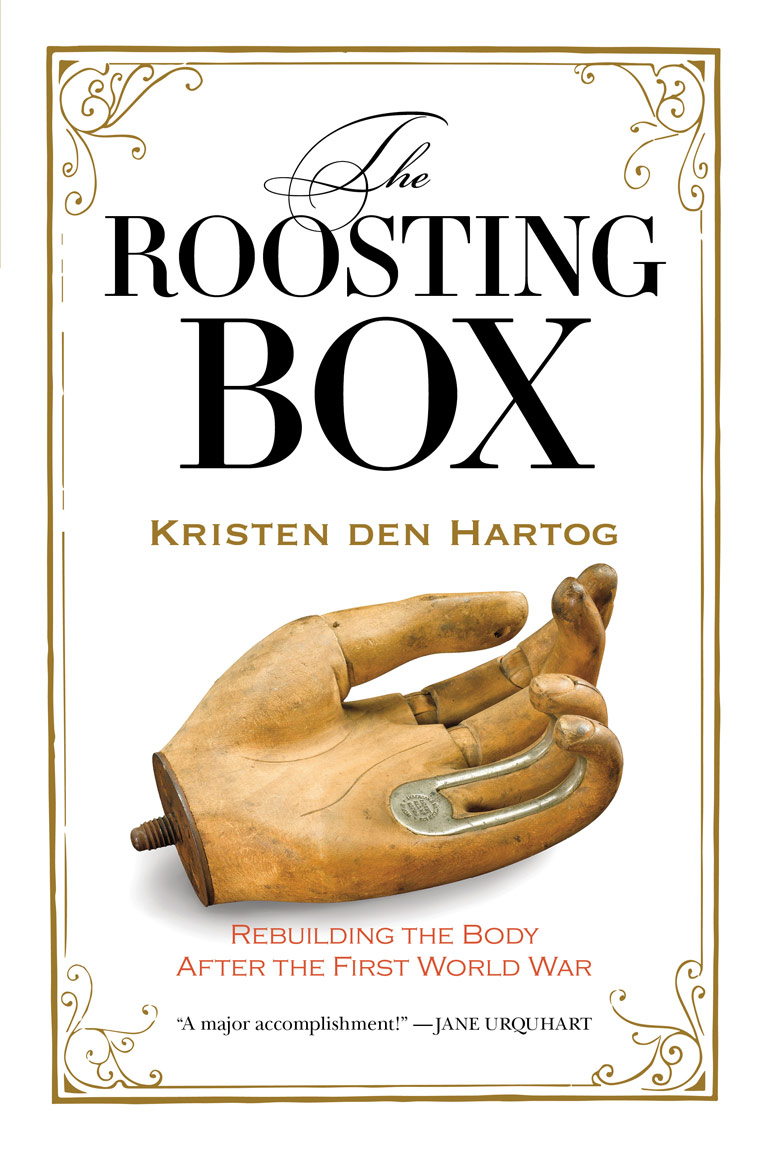
The Roosting Box
Rebuilding the Body After the First World War
by Kristen den Hartog
A deeply researched, exquisitely written history of the Christie Street Hospital and how war reshaped Canadian society, The Roosting Box offers deeply personal perspectives from its patients and staff on healing in the aftermath of war.

Canada and the Korean War
Histories and Legacies of a Cold War Conflict
edited by Andrew Burtch and Tim Cook
From 1950 to 1953, more than 30,000 Canadian military personnel served in the Korean War theatre, yet this war has received remarkably little attention. Canada and the Korean War brings together Canadian and global perspectives on this watershed conflict to explore its profound influence on international, diplomatic, and military history, public memory, and contemporary affairs.

The Riel Problem
Canada, the Métis, and a Resistant Hero
by Albert Braz
Tracing Louis Riel’s metamorphosis from traitor to hero, Braz examines how Riel has been commemorated since 1967. Braz also probes how aspects of Riel’s life and writing — resisting his portrayal as both a Canadian patriot and a pan-Indigenous leader — can be problematic for many Métis artists, scholars, and civic leaders.

A Church at War
MacKay Presbyterian Church, New Edinburgh, and the First World War
by Alan Bowker
One hundred and forty-one people from MacKay Presbyterian Church in Ottawa served in the First World War. This is an astonishing record, but it was by no means uncommon in Canada. This study of the experience of one church at war weaves together the stories of soldiers on the battlefields of Europe with those of the families who waited and prayed, enduring privation, fear, loneliness, and grief.
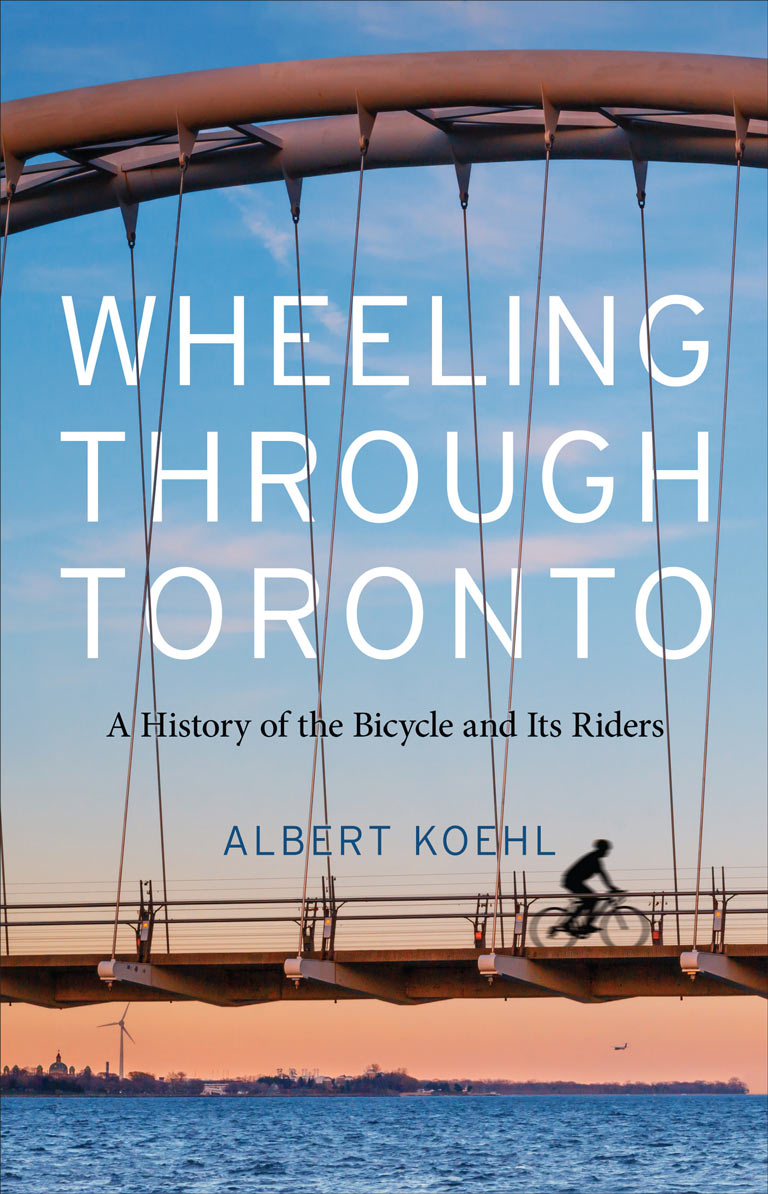
Wheeling Through Toronto
A History of the Bicycle and Its Riders
by Albert Koehl
Wheeling through Toronto offers a 130-year ride from the 1890s to the present. Albert Koehl, a Toronto lawyer and leading cycling advocate, chronicles the tumultuous history of this mode of transportation from the bicycle craze at the turn of the century, to the rise of the car and the motorway in the 1950s, to the intensifying cry for active transportation in the 1990s and into pandemic times.

Fashioning Acadians
Clothing in the Atlantic World, 1650–1750
by Hilary Doda
Fashioning Acadians is a history of clothesmaking and dress in Acadia from 1650 to 1750. Through the analysis of four Acadian settlements in what is now Nova Scotia, Hilary Doda uncovers the regional fashions and trends that had begun to emerge prior to the violence of the deportations of 1755.

The City of Rainbows
A Colourful History of Prince Rupert
by Blair Mirau
A vivid and comprehensive history of the City of Prince Rupert, from its ancient roots as a multicultural trading hub between different Indigenous Nations to its current state, set against the stunning natural backdrop of the Great Bear Rainforest. Weaving together historical events and illustrated by compelling archival photographs, The City of Rainbows tells the story of Prince Rupert from a modern perspective, moving away from colonial narratives and balancing the histories of Indigenous Peoples, European and Asian settlers, and recent immigrants.
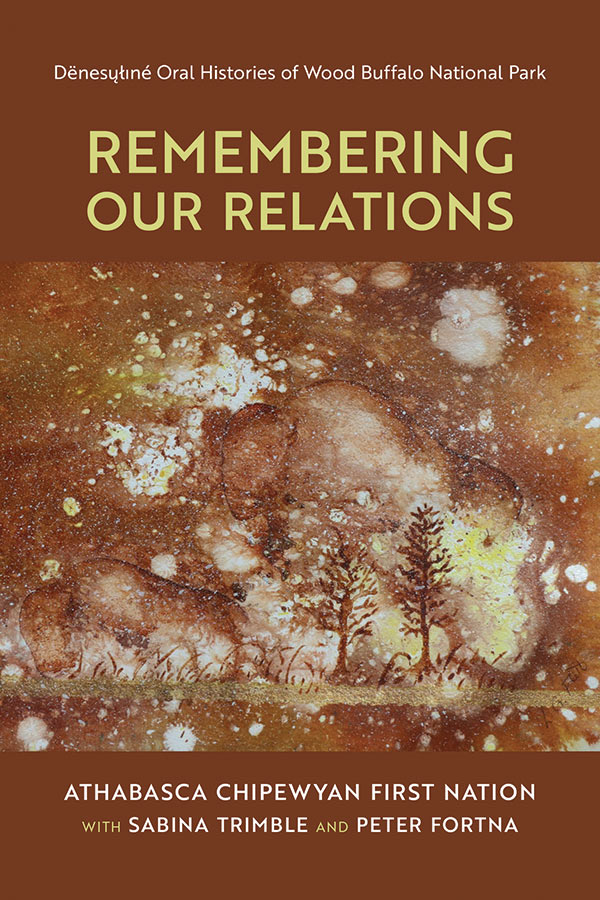
Remembering Our Relations
Dënesųłıné Oral Histories of Wood Buffalo National Park
Athabasca Chipewyan First Nation with Sabina Trimble and Peter Fortna
At nearly 45,000 square kilometres, Wood Buffalo National Park is Canada’s largest. Central to its creation, expansion, and management was the deliberate eviction of Dënesųłıné people from their homes and homelands, the forced separation of Dene families, and restriction of their Treaty rights. Remembering Our Relations is a call for the justice Dënesųłıné peoples have been pursuing for over a century.

Unjust Transition
The Future for Fossil Fuel Workers
edited by Emily Eaton, Andrew Stevens and Sean Tucker
The worker lockout at Regina’s Co-op Refinery Complex shows that, left unchecked, corporations will transfer the costs and burdens of the necessary transition to a fossil fuel-free future to workers.
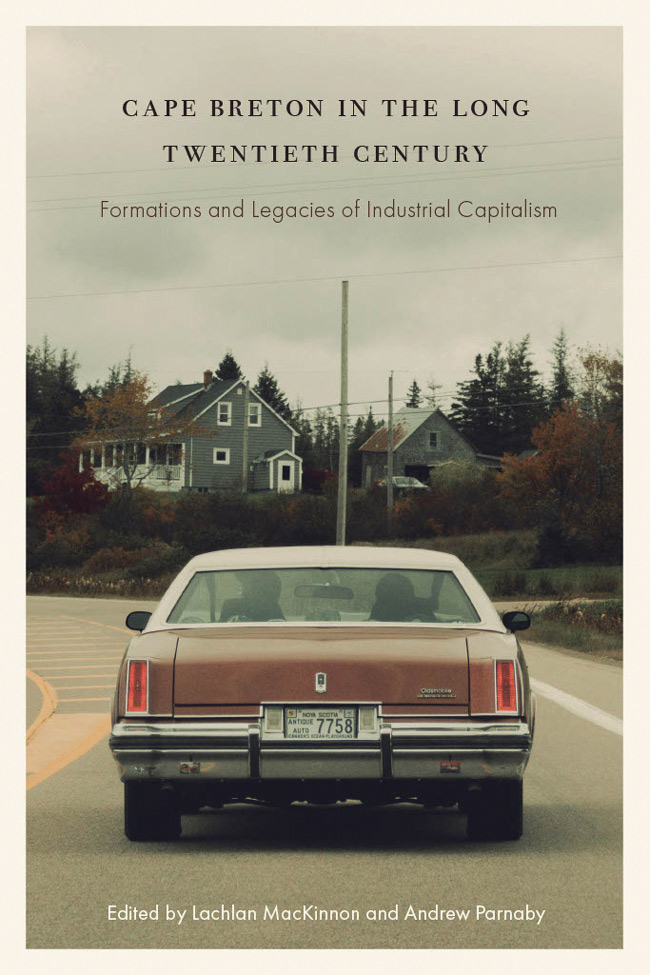
Cape Breton in the Long Twentieth Century
Formations and Legacies of Industrial Capitalism
edited by Lachlan MacKinnon and Andrew Parnaby
The story of Cape Breton presents an opportunity to reflect on how industrialization and deindustrialization have shaped human experiences. Contributors capture the vital elements of a region on the rural resource frontier and place the island within broad transnational networks such as the Anglo-Atlantic financial world, the Celtic music revival, the Black diaspora, and Canadian development programs.

Canada’s Long Fight Against Democracy
by Yves Engler and Owen Schalk,
with poems by Rob Rolfe
Washington’s role in subverting elected governments is widely documented, but Canada’s role has gone under the radar. The authors push it to centre stage where it belongs. This carefully researched study highlights how Canada has taken part in the ouster of more than 20 elected governments since 1950. It shows that when it comes to regime change, Ottawa believes the end justifies the means.

Montreal’s Square Mile
The Making and Transformation of a Colonial Metropole
edited by Dimitry Anastakis, Elizabeth Kirkland, and Don Nerbas
In nineteenth-century Canada, the Square Mile was an elite residential district in Montreal that represented a dramatic new concentration of wealth. Montreal's Square Mile chronicles the history of the Square Mile, including the diverse and far-reaching sources of its making and its twentieth-century transformations.

History Has Made Us Friends
Reassessing the Special Relationship between Canada and the United States
edited by Donals E. Abelson and Stephen Brooks
Separated by the world’s longest land border and engaging in over three billion dollars in trade daily, Canada and the United States share security concerns, cultural interests, and a history spanning more than 250 years. History Has Made Us Friends illuminates the nature and dynamics of Canada-U.S. relations, examining their history, attributed meaning, and conceptualization.

Paris ’44
The Shame and the Glory
by Patrick Bishop
Celebrating the eightieth anniversary of the liberation of Paris, Paris ’44 tells the story of those iridescent days in a startling new way. In a heart-stopping countdown narrative packed with drama, heroism, joy, and heart-thumping suspense, acclaimed military historian Patrick Bishop recreates one of the greatest hinge moments of the Second World War.

Canada and Colonialism
An Unfinished History
by Jim Reynolds
This is the essential history of Canadian colonialism. It explores both Canada’s historical colonial connections as well as present-day continuations of this legacy, arguing that the control of Indigenous peoples in Canada formed part of a broader, worldwide process in which Canada and Canadians participated.

Canada’s Great War Album
Our Memories of the First World War
edited by Mark Collin Reid
Published to coincide with the 100th anniversary of the First World War, Canada’s Great War Album is an unprecedented and remarkable collection of Canadian photographs, memorabilia, and stories of the war. Includes contributions from Peter Mansbridge, Charlotte Gray, J.L. Granatstein, Christopher Moore, Jonathan Vance, and Tim Cook.

The Last Logging Show
A Forestry Family at the End of an Era
by Aaron Williams
The Last Logging Show captures the spectacular setting of Haida Gwaii and the people who call it home. It unravels the lives and dreams of those who log the forests for a living, who have toiled alongside their Haida co-workers for generations — but while old approaches to forestry come to an end, new ways come into being. Thoughtful and compelling, this is a story of connection, community, and the force of fundamental change.

Friendless or Forsaken?
Child Emigration from Britain to Canada, 1860–1935
by Ruth Lamont, Eloise Moss, and Charlotte Wildman
Between 1860 and 1935, about 100,000 impoverished children were emigrated from Britain to Canada to seek a new life in the “land of plenty.” Friendless or Forsaken? follows the story of child emigration agencies operating in North West England, tracing the imperial relationships that enabled agents to send children away from their homes and parents, who often lost sight of them forever.

Frontier Science
Northern Canada, Military Research, and the Cold War, 1945–1970
by Matthew S. Wiseman
Between 1945 and 1970, Canada’s Department of National Defence sponsored scientific research into the myriad challenges of military operations in cold regions. Frontier Science investigates the history of military science in northern Canada during this period of the Cold War, highlighting the consequences of government-funded research for humans and nature alike.
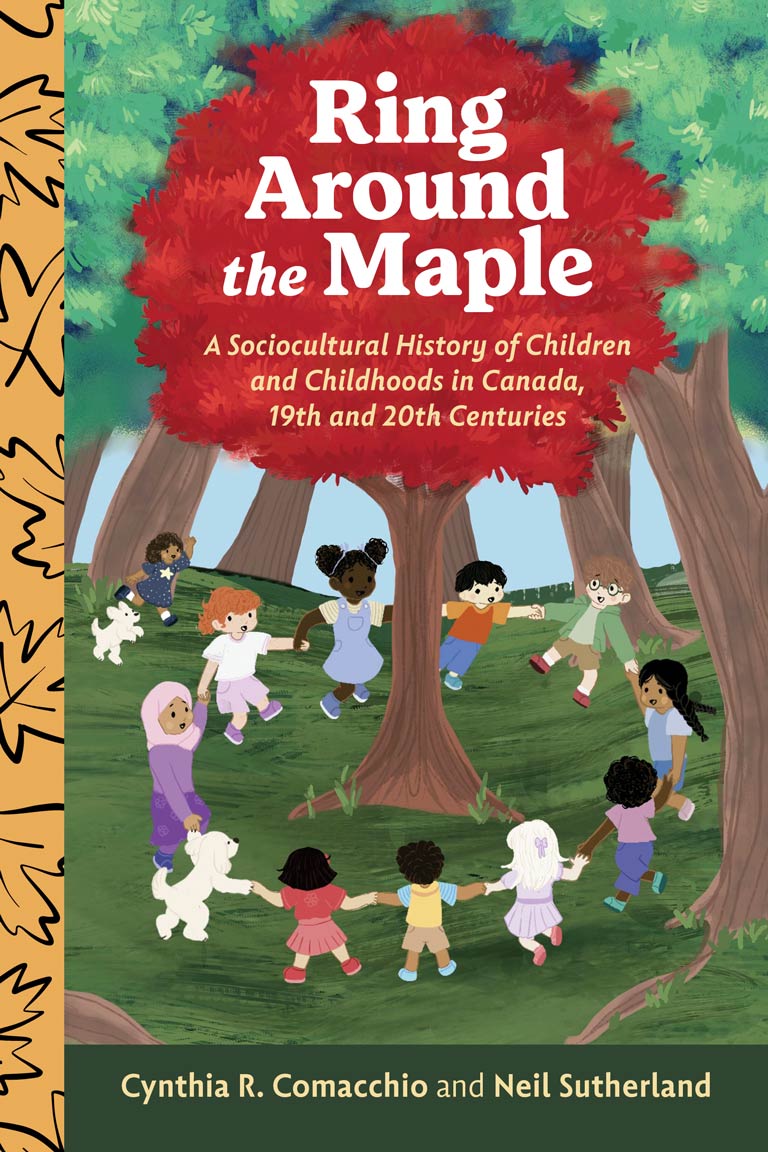
Ring Around the Maple
A Sociocultural History of Children and Childhoods in Canada, 19th and 20th Centuries
by Cynthia R. Comacchio and Neil Sutherland
Ring Around the Maple is a sociocultural history about the multitude of ways children grew up in the 19th and 20th centuries, and how their lives and the very definition of “childhood” transformed during that period. As Canada became a nation-state and instituted its own nation-building project, all children became a large part of that project, and Indigenous children were subsumed by it.

Challenge to Civilization
Indigenous Wisdom and the Future
by Blair Stonechild
Reinterpreting world history from an Indigenous perspective, Challenge to Civilization deftly illustrates how Indigenous spirituality, wisdom, and land-based knowledge is critical to human survival in the face of environmental destruction and climate change. Beautifully written and urgent, we are reminded that it is not Earth that is in danger of extinction, but ourselves.

Untold Tales of Old British Columbia
by Daniel Marshall
“Guaranteed that when you start reading you won’t quit and you will emerge with a new, and often unsettling, view of this place known today as ‘British Columbia.’” — Wendy Wickwire, author of the award-winning At the Bridge
Written in Daniel Marshall’s engaging prose, the book is rigorously researched and offers inclusive narratives.

The Beaches
Creation of a Toronto Neighbourhood
by Richard White
The Beaches is one of Toronto’s best known and most admired neighbourhoods. It has no striking works of architecture or splendid public spaces, no must-see galleries or public institutions, and no associations with historic events or great celebrities – the sort of things that create neighbourhood reputations and draw visitors. It does, however, have an attractive character that Richard White seeks to understand, offering insights into how it came to be and why it has endured.

Déploiements canadiens-français et métis en Amérique du Nord (18e-20e siècle)
edited by Yves Frenette, Marc St-Hilaire and Marie-Ève Harton
This book sheds new light on French-Canadian and Métis deployments in North America by showing how migration has influenced social development and collective identity. The work is part of the research movement that gives geographical mobility, migration and those involved their rightful place in the origins and evolution of francophone communities in North America.

To Make a Killing
Arthur Cutten, the Man Who Ruled the Markets
by Robert Stephens
Born and raised in a small Canadian town, Arthur Cutten went to Chicago in 1890 with ninety dollars to his name. Through utter ruthlessness, he amassed a fortune trading in grain futures and stocks. To Make a Killing tells the tale of Cutten’s journey to fabulous wealth, the forces that propelled him, and the fascinating characters in his life.

The Cause of Art
Professionalizing the Art Gallery of Newfoundland and Labrador
by Jeff Webb
In 1949, Newfoundland and Labrador had a widely celebrated oral culture but little visual art. After entering the Canadian federation, recreational painters worked to create a venue for the display of art. The Cause of Art tells the story of the advocates, curators, and professional artists who laid the foundation for an artistic community in the province.
Themes associated with this article
Advertisement




